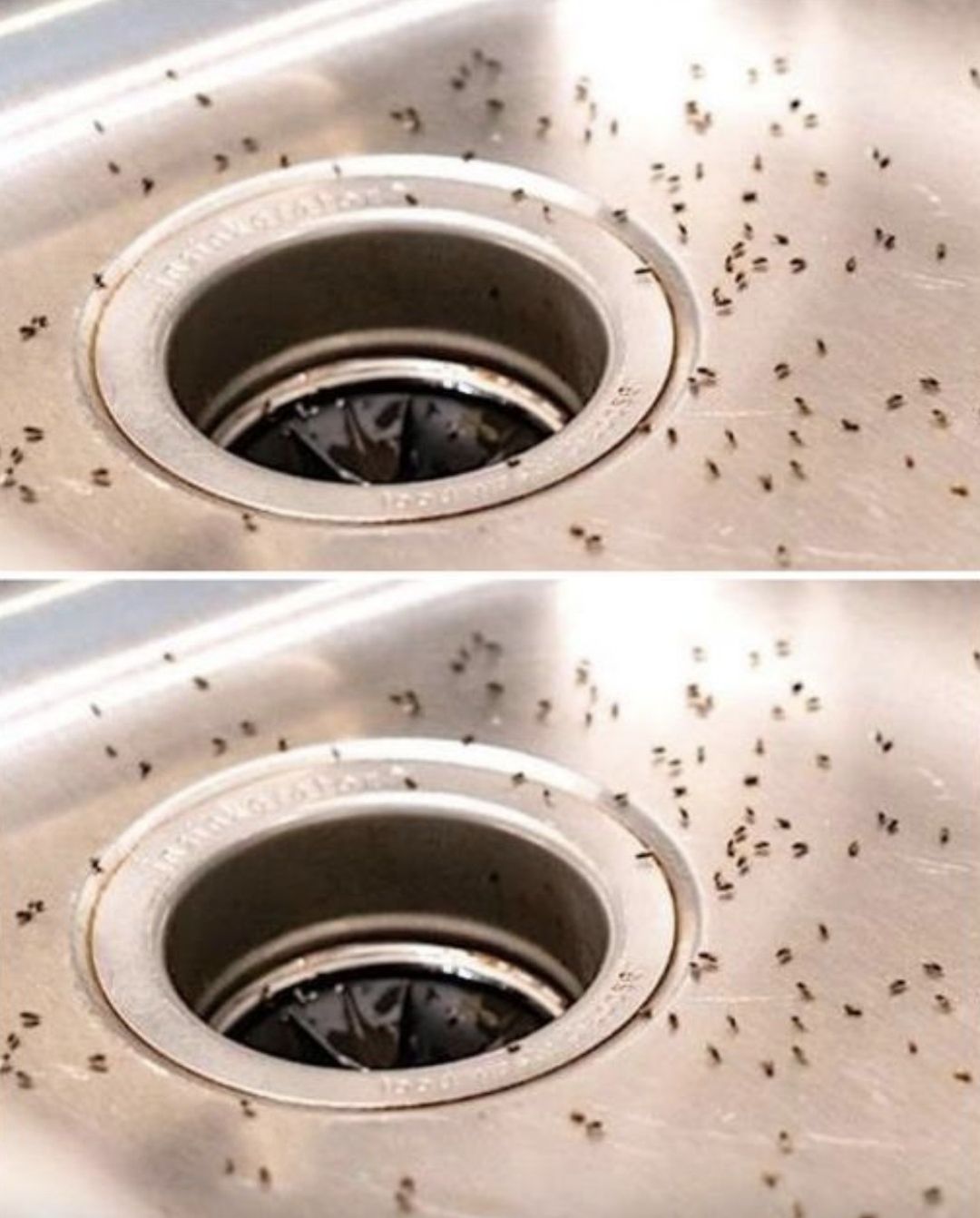When summer hits, it brings all the good stuff—long days, warm weather, backyard barbecues—but it also brings some seriously annoying problems, like flies, mosquitoes, and gnats. If you’ve noticed tiny black flies buzzing around your houseplants, you’re not alone. These pests are called fungus gnats, and they love the moist soil found in potted plants. They’re also drawn to decaying plant material like dead leaves, which makes your plants the perfect hangout spot. While they don’t usually bite, their constant buzzing and flying around your home can drive you nuts.

That’s why it’s important to know how to get rid of gnats before they multiply and take over your space. The good news? You don’t need a ton of chemicals or expensive equipment to solve the problem. In fact, there are several simple, natural methods that are incredibly effective and easy to use, much like the approaches people use to keep ticks away from their homes and yards. Gnats can also be found hanging out near sinks, garbage cans, or anywhere there’s leftover food or moisture. That means keeping your home clean and dry is just as important as caring for your plants.
One method that works wonders is using food-grade diatomaceous earth. Just sprinkle a thin layer of it over the top of the soil in your potted plants. This natural powder is harmless to humans and pets but deadly to gnats. It works by drying out the gnats’ bodies, so they don’t survive long. The trick is to make sure it stays dry—if it gets wet, it won’t be effective. Another popular and effective option is sticky gnat strips. While they may not be the most attractive addition to your plant display, they get the job done. You hang them from the branches of your houseplants, and they trap any gnats that fly by.
Be careful, though—these strips are super sticky and can get caught on things other than bugs, like your fingers or furniture. And if you have little kids or curious pets, be sure to keep them out of reach. One of the main reasons gnats stick around is overwatering. When soil stays soggy, it becomes the perfect breeding ground for fungi and bacteria, which are basically gnat heaven. Letting the top few inches of soil dry out before watering again not only helps your plant thrive but also makes the environment a lot less appealing to gnats. Pair that with some routine pruning, and you’re well on your way to a pest-free home. Dead or dying leaves attract gnats like magnets, so regularly trimming off that decaying material is key.
A tidy plant is a healthy plant—and one that’s not hosting a bug party. If you’re looking for a quick, low-cost fix, try a DIY gnat trap. Take a small shallow bowl, pour in some apple cider vinegar, and add a few drops of dish soap. Then cover the bowl with plastic wrap and poke a few small holes in it. The smell of vinegar draws the gnats in, but the soap breaks the surface tension so they sink and can’t escape. It’s cheap, easy, and incredibly effective. You’ll be surprised how many you catch overnight. On top of that, regular cleaning is essential if you want to keep gnats away for good.
Since they’re also attracted to sink drains, garbage disposals, and trash cans, those areas should be cleaned frequently. Use a solution of water and bleach or a natural cleaner to scrub those spots and remove any gnat-friendly grime. Keeping a tidy, dry home makes a big difference. If you’re already dealing with a gnat invasion, don’t panic. These tips are easy to follow, budget-friendly, and really do work. By combining methods like soil treatment, trap setups, proper watering, and routine cleaning, you’ll be well on your way to kicking those gnats out for good. With a little consistency and care, you can enjoy your plants and your home without sharing it with those pesky flying bugs.





